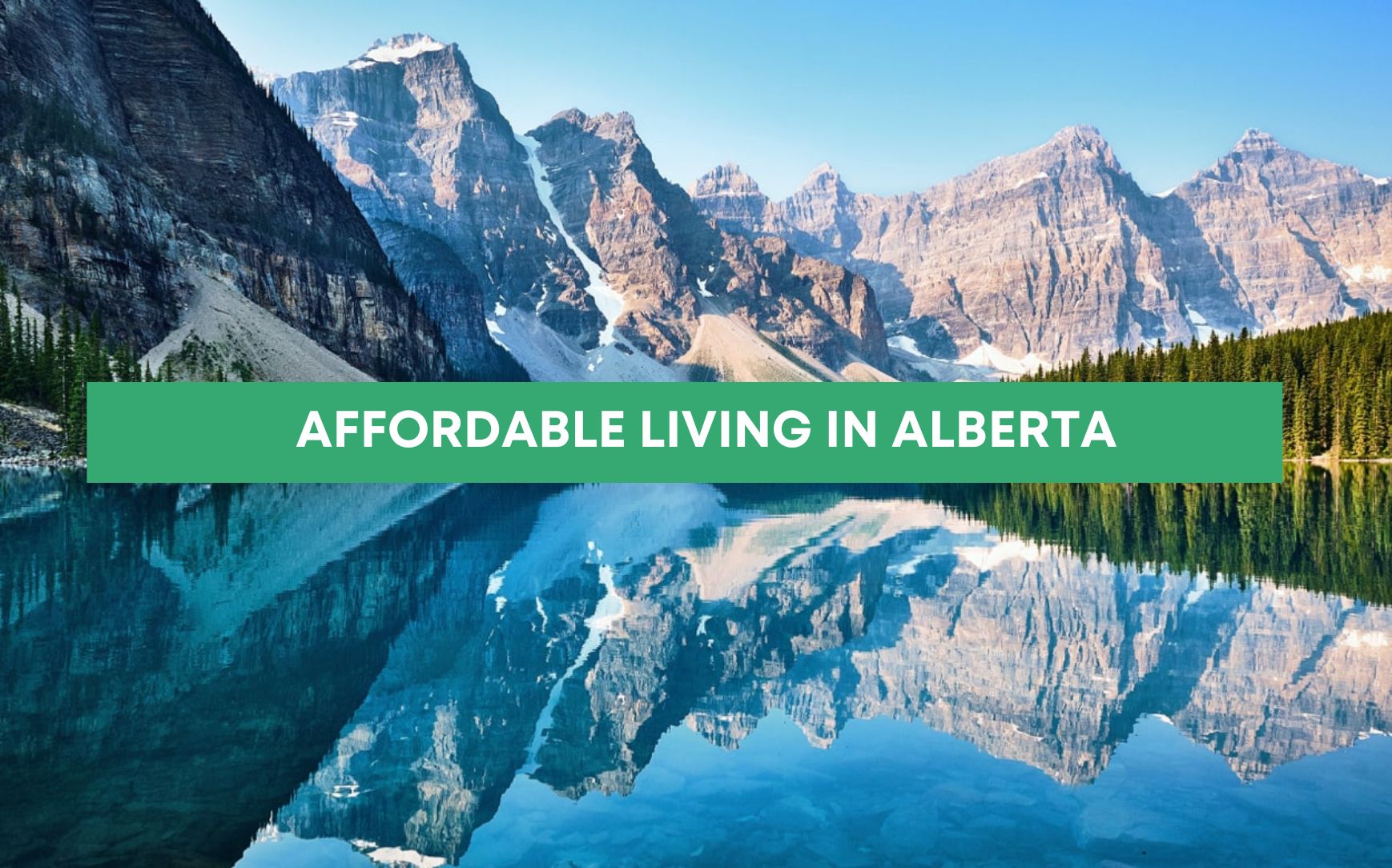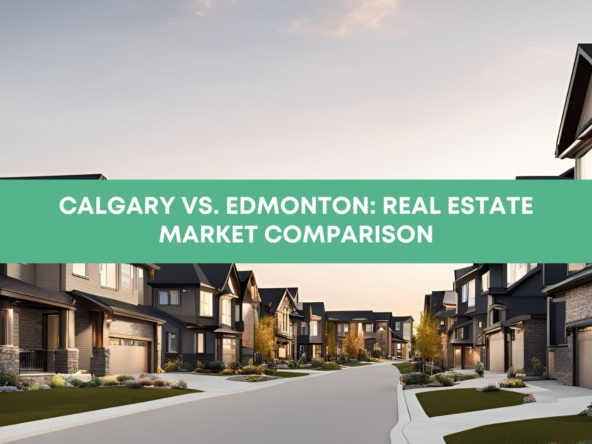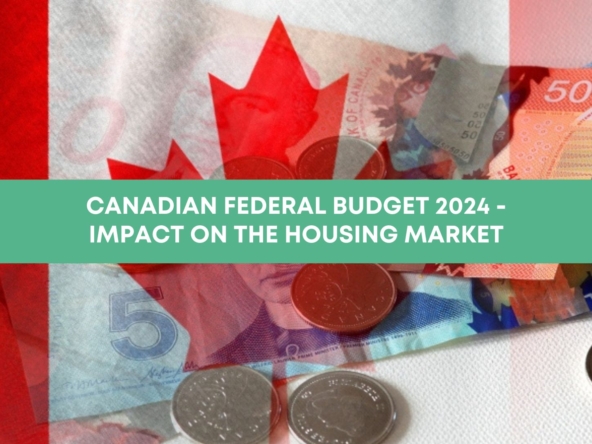For anyone looking to move to Alberta, it is essential that you first decide where, and second decide why you want to move to that area. This is a comprehensive guide to help you narrow down your options where we discuss affordable living in Alberta.
Overview of Affordable Living in Alberta
Whether you are looking to buy a home, rent an apartment, or explore the peaceful surroundings of rural areas, Alberta has a range of housing options to suit different budgets. In addition to affordable housing, daily expenses such as utilities, groceries, transportation, and healthcare are manageable, allowing residents to enjoy a high quality of life without breaking the bank. In this comprehensive guide, we will explore the cost of living in Alberta, housing options, and daily expenses to help you make informed decisions and find a budget-friendly place to call home.
Key Takeaways:
- Alberta offers affordable living options for residents.
- Housing choices in Alberta range from buying a home to renting an apartment.
- Daily expenses such as utilities, groceries, transportation, and healthcare are manageable.
- Rural areas in Alberta provide more affordable housing options.
- The cost of living in Alberta allows residents to enjoy a high quality of life without breaking the bank.
The Average Cost of Housing in Alberta
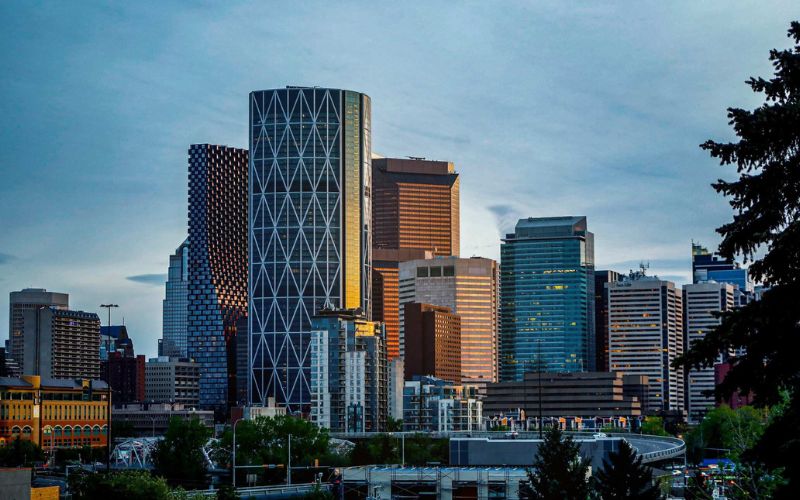
When it comes to housing costs in Alberta, residents can find affordable options that cater to their budget. The average home price in the province is $449,362, which is lower than the national average. However, it’s important to note that housing costs vary across different areas of Alberta.
In urban cities like Calgary and Edmonton, housing prices tend to be higher compared to rural areas. This is due to the higher demand and amenities available in these cities. For those looking for more affordable options, exploring the housing market in rural areas can lead to significant savings.
In addition to buying a home, renting is also a popular choice in Alberta. Rental prices are generally more affordable than in larger Canadian cities like Toronto and Vancouver. This makes Alberta an attractive option for individuals and families who are looking for affordable housing solutions.
Comparison of Home Prices in Urban and Rural Areas
| City/Area | Average Home Price |
|---|---|
| Calgary | $635,000 |
| Edmonton | $380,827 |
| Rural Areas | $367,900 |
As seen in the table above, home prices in urban areas like Calgary and Edmonton are higher compared to rural areas. By choosing to live in a rural area, individuals can save an average of $100,000 on their home purchase.
When it comes to affordable housing, Alberta offers a range of options that cater to different budgets. Whether it’s buying a home in a rural area or opting to rent in one of the urban cities, residents have the flexibility to find a housing solution that meets their needs.
Affordable Cities in Alberta
If you’re looking for the cheapest places to live in Alberta, there are several affordable cities that offer housing affordability and a high quality of life. These cities provide residents with a range of housing options at lower price points compared to larger urban centers.
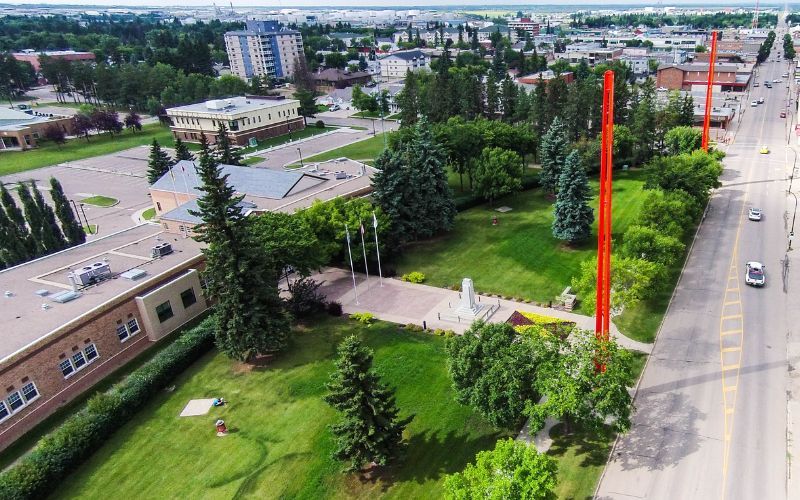
Lloydminster: Known as Canada’s Border City, straddling Alberta and Saskatchewan, Lloydminster offers affordable housing with anaverage rent for a one-bedroom apartment at about $795 and average house prices around $237,000. It’s known for its entrepreneurial spirit and a community-driven economy primarily based on oil and agriculture
Calgary: Once regarded as one of the most affordable cities in Alberta, Calgary’s economic growth and popularity have led to an increase in living costs, making it less affordable compared to some other cities in the province. Despite this shift, Calgary continues to draw residents with its dynamic energy and robust economy. Home to over 1.3 million people, the city offers a diverse range of housing options, though prices have risen in recent years. Calgary remains a cultural hub, boasting excellent healthcare facilities, renowned educational institutions, and a rich cultural scene. While it may not be the most affordable option in Alberta anymore, its quality of life and array of amenities still make it an attractive destination for many.
Edmonton: Alberta’s capital, Edmonton, offers affordable living in a vibrant urban environment. Withhousing costs lower than many major Canadian cities, it provides a mix of downtown apartments and suburban homes. The city, home to over 1 million residents, features excellent educational institutions, healthcare services, and recreational amenities. Edmonton’s affordability and strong community appeal make it an attractive choice for a cost-effective urban lifestyle.
Red Deer: Located between Calgary and Edmonton, Red Deer is another affordable city in Alberta. The cost of living in Red Deer is lower compared to the larger urban centers, making it an attractive choice for individuals and families seeking affordable housing options. The city offers a range of amenities, including parks, recreational facilities, and accessible healthcare services.
Medicine Hat: Situated in southeastern Alberta, Medicine Hat is well-known for its affordable housing options and low cost of living. The city boasts a strong sense of community, with a population of over 63,000 residents. With a variety of housing options available, from single-family homes to condominiums, Medicine Hat offers affordable living without compromising on quality of life.
Another excellent option is the town of Langdon. The reason Langdon is not mentioned more is the fact that it is considered a small town, however it’s proximity is so close to Calgary that people often confuse Langdon as a part of the major city.
Affordable Cities in Alberta at a Glance
| City | Housing Options | Population | Average Home Price |
|---|---|---|---|
| Calgary | Apartments, detached homes | 1.3 million | $635,000 |
| Edmonton | Apartments, detached homes | 981,280 | $380,827 |
| LLoydminster | Single-family homes, condominiums | 31,410 | $237,000 |
These cities not only offer affordable housing options, but they also provide a wide range of amenities, including schools, healthcare facilities, parks, and recreational activities. Whether you’re a first-time homebuyer or looking to downsize, these affordable cities in Alberta are worth considering for their cost-effective living options and high quality of life.
Housing Options in Rural Areas
Rural areas in Alberta, such as Lethbridge, Red Deer, and Medicine Hat, offer more affordable housing options compared to larger cities. These small towns provide a peaceful and serene environment for individuals and families looking to settle down in a tight-knit community.
The property prices in rural areas of Alberta typically range from $200,000 to $600,000, making them attractive choices for those seeking affordable homes. With a lower cost of living and a slower pace of life, these small towns provide a unique opportunity to escape the bustling city and enjoy a more relaxed lifestyle.
In addition to the lower housing prices, rural areas also offer a range of housing options to suit different preferences and budgets. From cozy starter homes to spacious family houses, there is something for everyone in these charming communities.
Living in a rural area also provides residents with a sense of community and connection. The tight-knit nature of these towns fosters strong relationships among neighbors, creating a supportive and friendly environment.
Benefits of Living in Rural Areas:
- More affordable housing options
- Lower cost of living
- Possibility of owning more land
- Peaceful and serene environment
- Tight-knit community and strong relationships
If you’re looking for a budget-friendly place to call home and value the tranquility of rural living, consider exploring the housing options in the beautiful rural areas of Alberta. The affordability and quality of life offered in these small towns make them an attractive choice for those seeking a peaceful and affordable lifestyle.
Renting a Home in Alberta
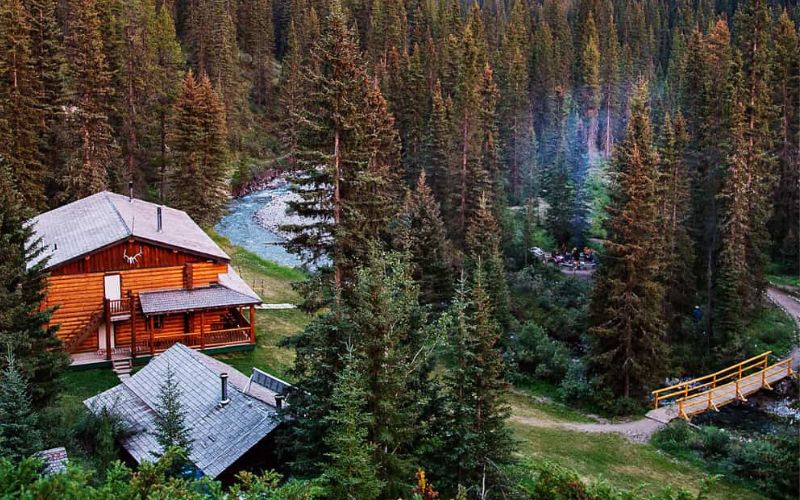
Looking for an affordable rental property in Alberta? Renting is a viable option for individuals and families seeking a place to call home without the commitment of buying. Whether you’re looking for an apartment in the city or a house in a small town, Alberta offers a range of rental options to suit different budgets and preferences.
Median Rent Prices
The median rent prices in Alberta can vary depending on the location and size of the rental property. In urban cities like Calgary, the cost of renting averages out to $2,000 per month. Renting in smaller towns like Red Deer and Airdrie is more affordable, with prices typically below $1,000 for a one-bedroom apartment.
“Renting a home in Alberta provides flexibility and allows you to experience different neighborhoods and communities before committing to a long-term residence.” – Lisa Hayes, Real Estate Agent
Advantages of Renting
Renting a home in Alberta comes with its own set of advantages. Some of the benefits include:
- Flexibility: Renting allows you to easily move to a different location if needed, without the hassle of selling a property.
- Lower upfront costs: Renting typically requires a security deposit and the first month’s rent, making it a more affordable option for those on a tight budget.
- No maintenance costs: As a renter, you’re not responsible for major repairs or maintenance expenses, which can save you money in the long run.
Tips for Finding an Affordable Rental
If you’re looking for an affordable rental property in Alberta, consider the following tips:
- Expand your search: Explore different neighborhoods and towns to find the best rental prices.
- Look for long-term leases: Landlords often offer discounted rental rates for longer lease terms.
- Consider shared accommodations: Sharing a rental property with roommates can help reduce monthly expenses.
- Stay up to date with listings: Regularly check online platforms and local listings for new rental opportunities.
| City | One-Bedroom Apartment | Two-Bedroom Apartment |
|---|---|---|
| Calgary | $1,888 | $2,213 |
| Red Deer | $1,217 | $1,521 |
| Airdrie | $1,591 | $1,926 |
Table: Median Rent Prices in Selected Alberta Cities (monthly)
Source: Alberta Rental Market Report
Cost of Utilities in Alberta
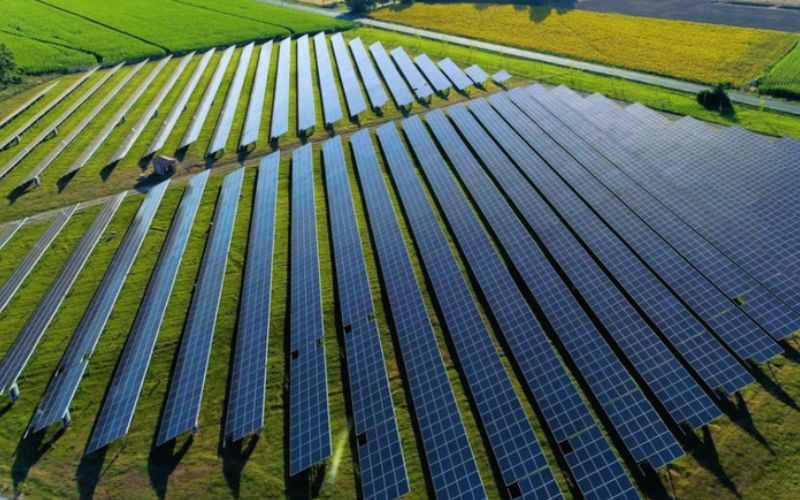
When budgeting for affordable living in Alberta, it’s important to keep in mind the cost of utilities. These essential services, including electricity, water, and natural gas, can significantly impact your monthly expenses. On average, Albertans can expect to pay around $257 per month for utilities.
Aside from the basic utilities, additional expenses for phone, cable, and internet services should also be considered. These modern amenities can add another $100 to $150 per month to your bills. It’s essential to factor in these costs when planning your budget and choosing the right housing option that aligns with your financial goals.
Grocery and Food Prices in Alberta
One of the important aspects of affordable living in Alberta is the cost of groceries and dining out. The province offers a wide range of food options at varying prices, allowing residents to choose according to their budget and lifestyle.
Grocery Prices
The cost of groceries in Alberta can vary depending on various factors, such as the size of the household and individual consumption habits. On average, a household of two can expect to spend around $250 per month on essential grocery items. This includes items such as fruits, vegetables, dairy products, meat, pantry staples, and household supplies.
It’s worth noting that prices can fluctuate based on seasonal availability and location. In urban areas, grocery prices might be slightly higher compared to rural areas. Engaging in meal planning, comparing prices, and utilizing store flyers and discounts can help make grocery shopping more cost-effective.
Dining Out Prices
For those who enjoy dining out, Alberta offers a diverse culinary scene with a wide range of dining options to suit various tastes and budgets. The cost of dining out can vary depending on the type of restaurant, cuisine, and location.
Generally, a meal at a mid-range restaurant in Alberta can cost around $15 to $30 per person. However, dining at high-end restaurants or specialty establishments might result in higher costs, ranging from $40 to $80 per person.
“Alberta’s food scene offers something for everyone, whether you prefer international cuisine, local delicacies, or farm-to-table experiences. It’s possible to find delicious meals at affordable prices, making dining out an enjoyable option for residents and visitors alike.”
Transportation Costs in Alberta
When it comes to transportation costs in Alberta, residents can enjoy lower gas prices compared to larger Canadian cities like Toronto and Vancouver. The price of gas in Alberta is typically more affordable, allowing commuters to save on their fuel expenses.
In addition to gas prices, it’s important to consider the cost of car insurance when budgeting for transportation. The average monthly cost of car insurance in Alberta is approximately $110. This amount may vary depending on factors such as the type of vehicle, driving history, and coverage options.
For those who prefer to use public transit, Alberta offers various options with varying fees. Public transportation fees differ across cities, but adult prices for a single ride generally range from $3.50 to $3.60. Taking advantage of public transit can help individuals save on fuel and parking costs while reducing their carbon footprint.
Here’s a breakdown of the transportation costs in Alberta:
| Transportation | Average Cost |
|---|---|
| Gas prices | Lower than larger Canadian cities |
| Car insurance | Around $110 per month |
| Public transit | Ranging from $3.50 to $3.60 for a single ride |
By considering these transportation costs, Alberta residents can make informed decisions about their commuting options and budget accordingly.
Health Care Costs in Alberta
Residents eligible for the Alberta Health Care Insurance Plan (AHCIP) receive coverage for necessary physician services and certain dental and oral surgical procedures. However, dental care such as cleanings and fillings are not covered by the AHCIP, and individuals must cover these costs out of pocket or through private insurance.
While medical services are covered by the Alberta Health Care Insurance Plan, it’s important to note that some dental procedures are not included. This means that residents may need to budget for additional expenses related to dental care. Regular dental check-ups, cleanings, and fillings are typically not covered by the provincial health plan.
If you require dental treatment, it is advisable to have private dental insurance to help reduce the out-of-pocket costs associated with these services. Private dental insurance plans can vary in coverage and cost, so it’s important to research and compare options to find coverage that best suits your needs.
It’s also worth exploring other resources for affordable dental care in Alberta. Some clinics and dental schools may offer reduced rates for certain procedures, making dental care more accessible for those on a budget.
Here is a table summarizing the coverage provided by the Alberta Health Care Insurance Plan and the costs associated with dental care:
| Service | Coverage | Cost |
|---|---|---|
| Necessary physician services | Covered | $0 (with valid AHCIP) |
| Certain dental and oral surgical procedures | Covered | $0 (with valid AHCIP) |
| Dental check-ups | Not Covered | Varies (out of pocket or private insurance) |
| Cleanings | Not Covered | Varies (out of pocket or private insurance) |
| Fillings | Not Covered | Varies (out of pocket or private insurance) |
It’s essential to consider dental care costs when budgeting for healthcare expenses in Alberta. By understanding the coverage provided by the Alberta Health Care Insurance Plan and exploring other options for dental insurance, residents can make informed decisions and manage their health care costs effectively.
Conclusion
Alberta offers a variety of affordable living options, making it an ideal choice for those seeking budget-friendly alternatives. Whether you decide to buy or rent a home, or prefer the hustle and bustle of city life or the tranquility of rural areas, Alberta has something to offer for everyone. By understanding the costs associated with housing, utilities, groceries, transportation, and healthcare, residents can make well-informed decisions and find a place to call home in this stunning province.
With a lower average home price compared to the national average, Alberta’s housing market provides opportunities for individuals and families to find affordable options that suit their budget. Moreover, rental prices in Alberta are generally more affordable than in larger Canadian cities. This means finding a place to live that won’t break the bank is within reach.
Aside from housing, daily expenses such as utilities, groceries, transportation, and healthcare also contribute to the overall cost of living. Understanding these expenses is essential for creating a realistic budget and maintaining a satisfactory quality of life. Alberta’s lower gas prices, affordable grocery options, and comprehensive healthcare coverage through the Alberta Health Care Insurance Plan are all factors that contribute to its affordability.
With its commitment to affordability and a high quality of life, Alberta is a province that offers individuals and families budget-friendly options without compromising on amenities and opportunities. Whether you’re starting a new chapter in your life or looking for a fresh start, consider Alberta as your destination for affordable living.
For information on our top recommended places to purchase property in 2024 in Alberta, read this article here: Top 7 Places to Live in Alberta
FAQ
What is the average home price in Alberta?
The average home price in Alberta is $449,362.
Which cities in Alberta offer affordable housing options?
Some of the most affordable cities in Alberta include Lloydminster, Red Deer, and Medicine Hat.
Are there affordable housing options in rural areas of Alberta?
Yes, small towns like Lethbridge, Red Deer, and Medicine Hat offer more affordable housing options compared to larger cities.
How much does it cost to rent a home in Alberta?
Rent prices vary depending on location and size, but in cities like Calgary, the cost can range from $1,800 for a one-bedroom apartment to $2,000+ for a two-bedroom apartment.
What is the average monthly cost of utilities in Alberta?
The average monthly cost of utilities, including electricity, water, and natural gas, is around $350.
How much do groceries cost in Alberta?
On average, a household of two can expect to spend around $250 per week on essential grocery items.
What are the transportation costs in Alberta?
Gas prices in Alberta are lower compared to larger Canadian cities. The average cost of car insurance is approximately $110 per month.
Does Alberta provide affordable healthcare options?
Residents eligible for the Alberta Health Care Insurance Plan (AHCIP) receive coverage for necessary physician services and certain dental and oral surgical procedures.
Where can I find affordable living options in Alberta?
Alberta offers a variety of affordable living options, including cities like Calgary, Red Deer, and Medicine Hat, as well as rural areas with more affordable housing choices.
What are the 10 cheapest places to live in Alberta in 2024?
A: The 10 most affordable places to live in Alberta in 2024 are Medicine Hat, Red Deer, Edmonton, Southern Alberta, Central Alberta, Northwestern Alberta, along the Saskatchewan River, and several small towns in the region.
How does the cost of living in Alberta compare to other provinces in Canada?
A: Alberta is generally considered to have a relatively low cost of living compared to other provinces in Canada, making it an attractive option for those seeking more affordable housing and living expenses.
What are the best small towns to live in within Alberta?
A: Some of the best small towns to live in within Alberta include those located along the Saskatchewan River, in southern and central Alberta, and in the northwestern part of the province. These towns are known for offering affordable housing and a lower cost of living.
Is Edmonton one of the cheapest places to live in Alberta?
A: Yes, Edmonton is considered one of the most affordable places to live in Alberta, offering relatively lower housing costs and a more affordable standard of living compared to other major cities in Canada.
How does the cost of living in Medicine Hat and Red Deer compare to other cities in Alberta?
A: Both Medicine Hat and Red Deer are known to offer much more affordable housing and a lower cost of living compared to cities like Edmonton and Calgary, making them attractive options for those seeking cheaper places to live.
What factors make a city or town in Alberta a more affordable place to live?
A: Cities or towns in Alberta are considered more affordable based on factors such as the cost of real estate, overall cost of living, availability of affordable housing, and the general affordability of goods and services within the area.
Where can one find affordable housing in Alberta?
A: Affordable housing can be found in various regions of Alberta, including in towns along the Saskatchewan River, in southern and central Alberta, and in smaller towns with relatively lower living expenses compared to major cities.
Are there affordable places to live in Alberta near the border with Saskatchewan?
A: Yes, there are relatively affordable places to live in Alberta near the border between Alberta and Saskatchewan, with several towns and communities offering lower housing costs and a more affordable standard of living.
What makes Alberta an attractive province for those seeking affordable living options?
A: Alberta’s most affordable places to live are attractive to many due to the province’s relatively low cost of living, abundance of affordable housing options, and the overall affordability in comparison to other regions in Canada.
How does the cost of real estate in Alberta compare to the national average?
A: The cost of real estate in Alberta is generally lower than the national average, making it a more affordable option for individuals and families looking to buy a house or invest in property within the province.

